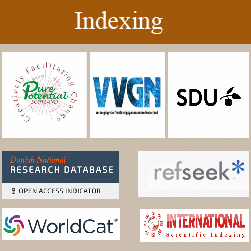Clinical and histopathological study of retinoblastoma in bukavu from 01 january 2014 to 31th december 2020
Author(s):
Baudouin Budwaga Manwa, Dany Biraheka Kabesha, Eric Heri Nabuloko, Rolande Hadisi Nsimire, Jean Murhula Balezi, Zacharie Kibendelwa Tsongo, Theophile Barhwamire Kabesha, Raphael Bulakali Chirimwami
Introduction: The aim of this study was to determine the histopathological and clinical characteristics of retinoblastoma in patients followed in Bukavu, Democratic Republic of Congo.
Methods: It is a cross-sectional and analytical study that included 125 consecutives, exhaustively included subjects followed for retinoblastoma at CELPA ophthalmology clinic from January 2014 up to December 2020. Clinical and histopathological data were analyzed with Epi Info and SPSS 16.0 software.
Results: A total of 7200 children aged 1-5 years old were consulted, including 125 cases of retinoblastoma, representing a frequency of 1.7%. The mean annual incidence was 13.8. The age group under 24 months predominated (54.4%), with a mean age of 24.6 months. The majority of patients had no family history of retinoblastoma (79.2%). Ocular protrusion and ocular pain were the most frequent complaints on admission (51.2%). The extraorbital form was found in 59.2% of patients. The average time period between the first symptoms and the consultation was 6 months, and the time period between the first consultation and the beginning of management was 14 days. 112 patients (89.6%) had received enucleation combined with chemotherapy. The survival rate observed after 3 years of follow-up was 40.8%. There was a signifcative association between evolution of the retiboblastoma and the delay between consultation and the management, clinical form and management, and the treatment mode both in bivariate and multivariate analysis (p<0.05, CI=95%). Extraorbital retinoblastoma (61.6%), endophytic (74.4%), with classic cytology showing Flexner-Wintersteiner rosettes (96.3%), numerous mitoses (98.4), necrosis and calcification (92%) dominated. Images of infiltration of the internal structures of the eye were observed (18.4%).
Conclusion: Retinoblastoma, a highly malignant tumor of children, remains a real public health problem in Bukavu. Advanced and severe histological forms were the most frequent. Early diagnosis and treatment are essential to improve the prognosis. A survival rate of 40.8% obtained in our limited conditions is a beginning of success which could be improved with the involvement of all the disciplines concerned.



